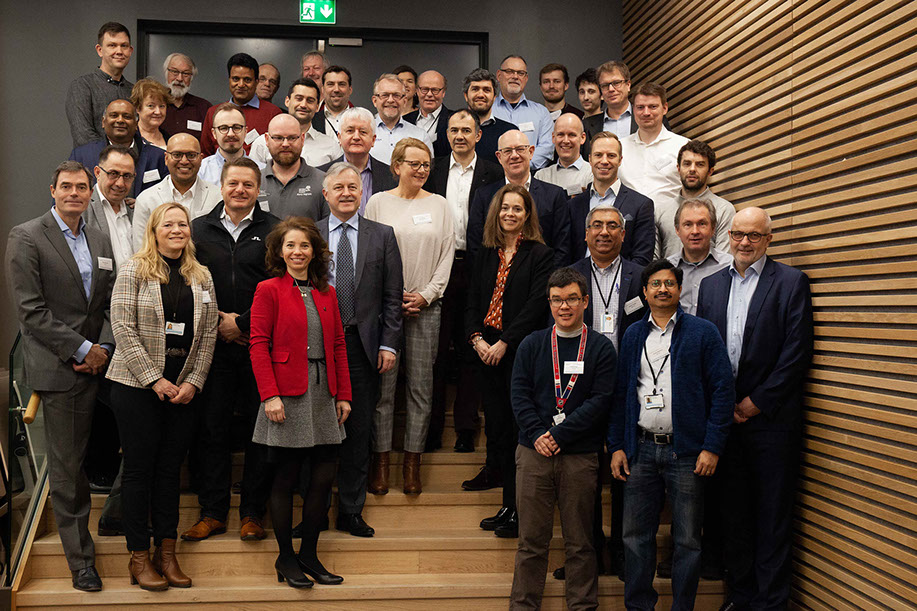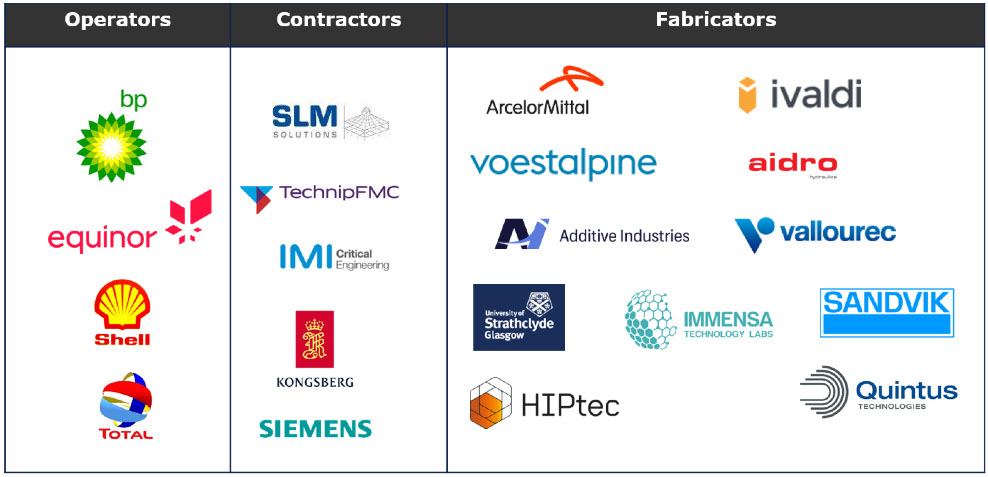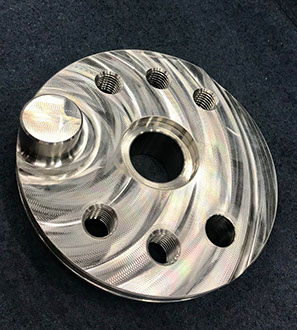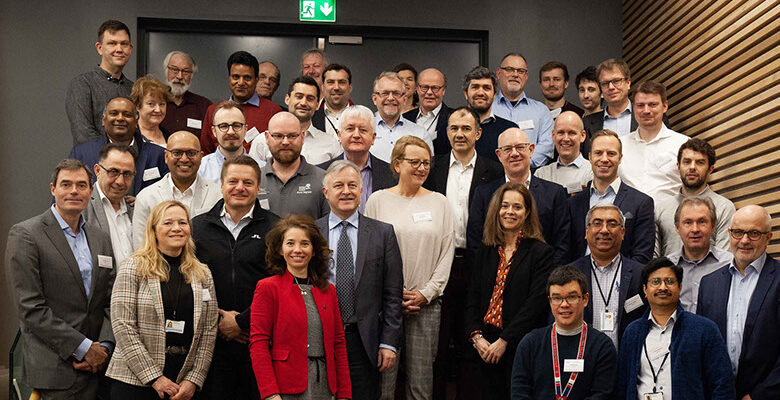On January 30th, the 20 partners celebrated the official closing of Joint Innovation Projects (JIPs) on the qualification of additive manufacturing in Oil&Gas and Maritime industry.
After 2 years of intensive work and discussion between the members, the two seamlessly aligned JIPs were concluded with the coordination of DNV GL and Berenschot. The JIPs goal was to develop a guidelines for the qualification of parts produced by Laser Powder Bed Fusion (LPBF) and Wire Arc Additive Manufacturing (WAAM) and an accompanying economic model, to be used in the Oil & Gas and Maritime industries.


An important prerequisite for the success of this project was the participation of partners representing the complete value chain. In Additive Manufacturing, the collaboration of multiple partners with expertise in specific processes and activities, is essential.
JIPs Members are the following : Equinor, BP, Total, Shell, Kongsberg, Aidro, OCAS/ Guaranteed (spin-off from Arcelor Mittal), Ivaldi Group, TechnipFMC, Siemens, Voestalpine, Vallourec, SLM Solutions, Additive Industries, Quintus Technologies, HIPtec, IMI CCI, Advanced Forming Research Centre of the University of Strathclyde, Immensa Lab and Sandvik.
The partners collaborated in two coherent and seamlessly aligned programs:
• A Guideline towards certified parts managed by DNV-GL: The final guideline provides a framework to ensure that metal spare parts and components, produced via Wire Arc Additive Manufacturing (WAAM) and Laser-based Powder Bed Fusion (LPBF), are according to specifications. This means that the parts meet stated quality and are manufactured in a safe and repeatable manner.
• A Toolbox for part selection, supply chain set-up and economic viability managed by Berenschot.
In addition, real parts were produced as case study to ensure the development of a highquality guideline that is in tune with realistic manufacturing practices. The parts production enabled the consortium to assess all activities that need to be monitored and qualified to ensure a complete guideline. At the end of JIP, many case studies were developed and parts produced with AM to support the AM guidelines.
One of the Case Study is the Crank Disk produced with LPBF by Aidro for Kongsberg. The original part produced with conventional manufacturing takes from 8 to 10 weeks while the 3D printed part required less than one week to be printed in Inconel 718, using EOS M290 printer. This is a good example of how AM can accelerate the replacement of parts and avoid long downtimes of the equipments and plants.

Other case studies were made with LPBF or WAAM and all the JIPs members contributed to the production and testing of these 3D printed parts.
Parts were produced using Laser Powder Bed Fusion:
• An Equinor impeller in Inconel 625 (printed by SLM Solution)
• The same impeller in Ti-6Al-4V (printed by Additive Industries)
• A Kongsberg propeller blade in titanium (printed by SLM Solution)
• A Kongsberg crank disk ring in Inconel 718 (printed by Aidro with EOS printer) shown above
Parts were produced using Wire Arc Additive Manufacturing:
• A Vallourec circulating head using X90 low-alloy construction steel
• A BP cross-over in Inconel wire, in two versions: limited scale and full scale
• A Kongsberg crank pin, using S700 low-alloyed wire
• A Technip FMC/Total-designed crossover, using F22 alloy steel
Using real world parts is essential in a project like this. Both the guideline and the business impact model need to be tested under conditions that resemble real life situations.
By using real world parts, it is possible to assess the variations between traditional manufacturing processes and the Additive Manufacturing process. These variations are found along the entire value chain, not only in the discrete production phase.
The guideline offers a quality assurance methodology for the selected Additive Manufacturing processes and parts. Parts are divided into three categories depending on the consequence of failure: AM Class 1 (AMC 1) is intended for non-critical components, AM Class 2 (AMC 2) is intended for less critical components and AM Class 3 (AMC 3) is intended for critical components.
Depending on the AM Class, different assurance steps are involved based on the AM technology used, such as build process qualification testing, production testing and part qualification testing:
• All parts shall be manufactured using a qualified build process. A build process is qualified through a defined Build Process Qualification Testing (BPQT) procedure.
The purpose of the BPQT is to prove and provide a baseline that, when using a certain set of essential parameters, a certain quality is achieved
• Production testing is intended as a control to ensure that the manufacturing process produces parts according to the qualified build process not just once, but also on, for example, the second, tenth or twentieth build. The extent of production testing and type of tests carried out are different for the different AM technologies
• Depending on the criticality of the part to be manufactured, the part itself or a representative geometry may need to be tested. This is due to the unique possibility AM brings to produce the material and geometry simultaneously. The methodology and extent of part qualification testing depends on both AM Class and AM technology.
The closely aligned set-up of the two JIPs secured maximum knowledge exchange and learning between members, research institutes, designers, manufacturers, certifying bodies and end-users.
At the end of the ceremony, DNV GL launched two new JIPs to continue the investigation of AM technologies and develop Digital Warehouse program.
The 20 members of the JIPs are listed in alphabetic order:
– Additive Industries
– AFRC of the University of Strathclyde
– Aidro Hydraulics & 3D Printing
– BP
– Equinor
– HIPtec
– IMI CCI
– Immensa Lab
– Ivaldi Group
– Kongsberg
– OCAS / Guaranteed (spin-off from Arcelor Mittal)
– Quintus Technologies
– Sandvik
– Shell
– Siemens
– SLM Solutions
– TechnipFMC
– Total
– Vallourec
– Voestalpine


